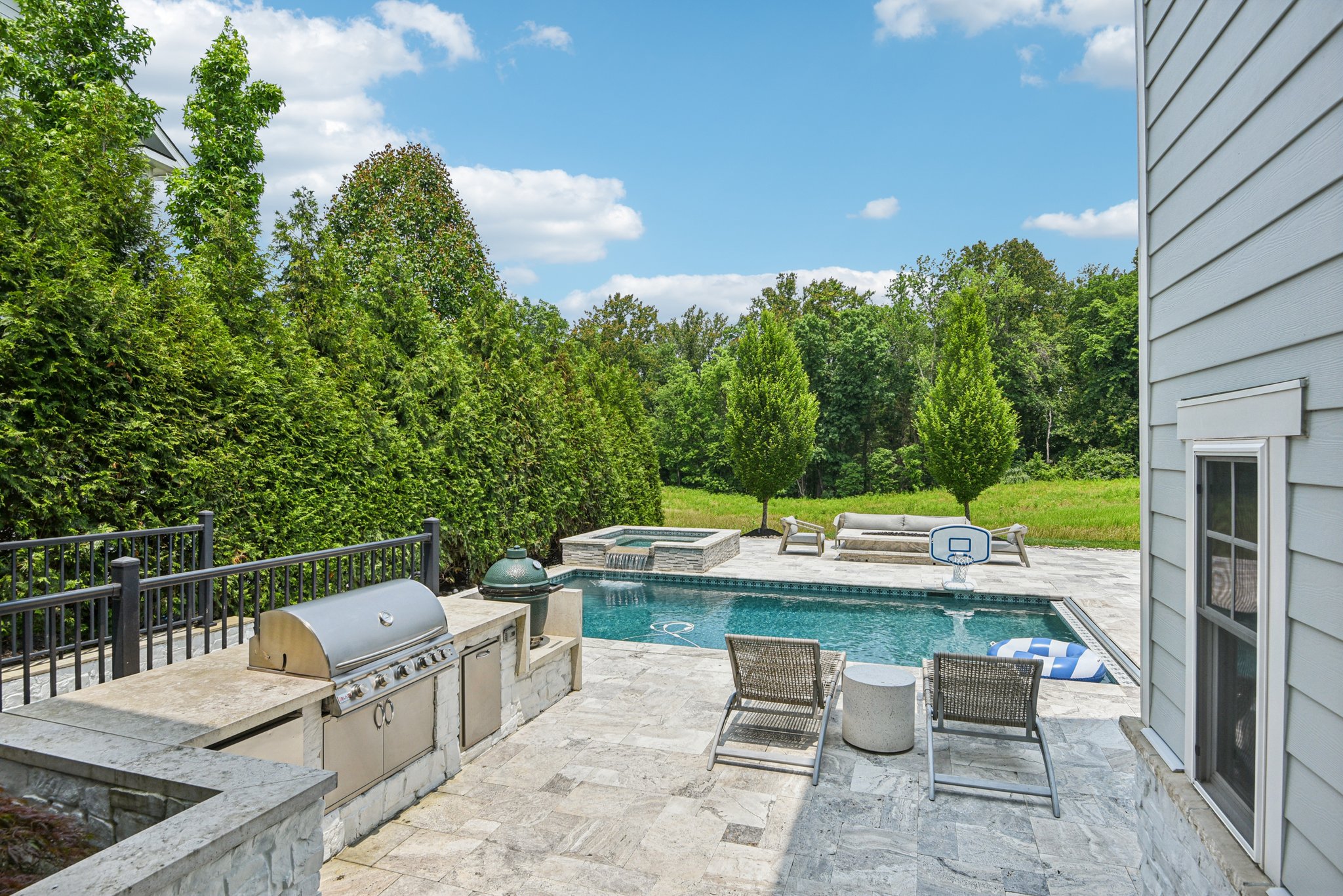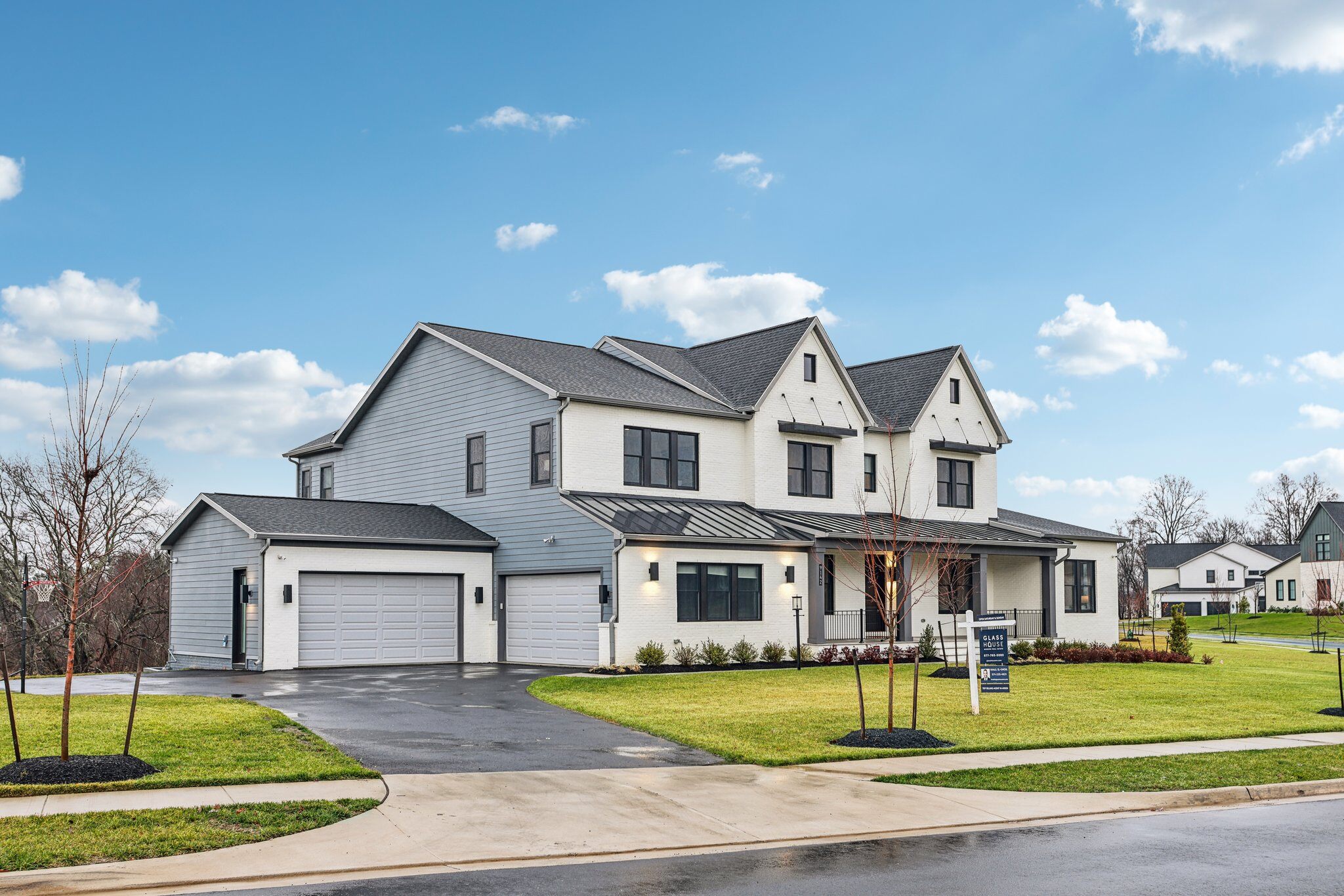Let me paint a picture I’ve been sharing with a lot of clients lately—buyers and sellers alike—who are rightfully concerned about the current market conditions.
In Q1 of this year, the Northern Virginia and DC real estate market was flat-out overheated. Multiple offers, waived contingencies, buyers bidding far over asking—it felt like 2021 all over again. At the time, I said it plainly: “We’re in a sellers market.” And we were. Briefly.
Fast-forward to Q2, and the shift is obvious. The market is cooling—fast. The tone has changed, and so have buyer behaviors. Even I didn’t expect the switch to flip this suddenly. One week we were juggling bidding wars, and the next, it was like someone turned off the buyer spigot overnight.
Now, all of this might sound dramatic—bad news for sellers, great news for buyers—but what does a down market really look like? How bad is it, really?
Two Homes, One Month Apart—Wildly Different Results
Here’s a real-world example that captures the shift better than any chart or headline could. Same general area, similar specs, same buyer pool—even some of the same agents showed up at both homes.
House #1 was a 4BR/3.5BA townhome. We listed it at $650,000, right at the top of the range. I was up against another seasoned agent who suggested the same price, so I felt confident. The market agreed—we received 12 offers and ultimately sold for $720,000. Most offers came in below $700K, and we had a $675K offer on day one that the seller was ready to accept. She was thrilled. I had to convince her to hold off—and even I didn’t expect we’d hit $720K. That result? It triggered a flood of calls from neighbors hoping to replicate it.
Then came House #2—same layout, same buyer demographic, different neighborhood. We listed it one month later at $655,000, well-aligned with recent comps. This time? Three offers. Final sale price: $673,000.
Same market on paper. Two very different outcomes.
That’s the point: timing matters. In Q1, that second home probably clears $700K without breaking a sweat. By Q2, the dynamics had shifted—and so did the results. Today, that seller is probably thrilled with just a full price offer, which is still higher than the same time last year.
The Buyer’s Market Confusion
I share this story often to illustrate what I mean when I say we’re in a buyer’s market. It doesn’t mean the market is crashing or prices are plummeting. It simply means buyers have more leverage. Less competition. Better terms.
Still, up until recently, my evidence was mostly anecdotal. I kept telling clients: “The buyers are out there. They’re buying. But they’re transacting at lower prices.”
Now there’s data to back that up.
In the same neighborhoods, similar homes are now listed at $699,000 to $720,000—and they’re sitting, with many price drops. Meanwhile, homes going under contract are priced more in line with early 2024 levels. Sellers expecting Q1 results are learning the hard way: that market is gone.
The 10% Gap

That’s the gap. And it aligns exactly with what I’ve been seeing: the homes that are moving are typically priced below last quarter’s average.
So what does that mean in plain English—especially for sellers who need to sell?
If you want results, drop the price by 10%. That’s the reality check the market is demanding right now.
Take that $1M listing that’s been sitting for weeks. At $900,000, it likely sells quickly—and still nearly doubles the owner’s 2015 purchase price of $550K. That’s a win. It’s just not the Q1 unicorn some sellers are chasing.
So... Is It a Buyer’s Market?
Yes. But with a massive asterisk.
The best homes—priced at or slightly below 2023 numbers—are still getting lots of attention and multiple offers. They’re still selling quickly and with favorable terms. That’s when I get the call:
“Khalil, you said it was a buyer’s market. Why are we competing with six other offers?”
Because a buyer’s market doesn’t mean every home sits. It means you can negotiate on the stuff that’s overpriced, over-ambitious, or with higher days on market. And right now, there’s plenty of that.
Sellers often ask, “If a buyer likes the house, why don’t they just make an offer?” Fair question. But the answer is rooted in buyer psychology.
When a home is overpriced, buyers hesitate. They don’t want to start from a losing position, risk offending the seller, or waste time on a deal that feels like a dead end. They don’t see opportunity—they see friction.
Especially in today’s market, price drives traffic, and traffic drives offers. If you’re not getting either, the silence is the market speaking.
Why Sellers Shouldn’t Panic (Yet)
Let’s say prices drop 10%. If you bought before 2022, you’re still sitting on real gains. Bought before 2020? You’re in excellent shape.
The challenge right now isn’t financial—it’s emotional. No one likes hearing their home is worth less than it was 60 days ago. But the market moves fast. And right now, it’s moving down.
That doesn’t mean values are crashing. It means many homes were priced about 10% higher than where the market actually is today. There’s a difference.
And I’ll be the first to admit: I’ve contributed to that disconnect. Some of the pricing guidance I gave earlier this year—grounded in what we were seeing in Q1—was already outdated by the time we hit the market this spring. Pricing is always a snapshot in time. When the market shifts, yesterday’s comps can quickly become today’s mistake.
The key is recognizing that early—and adjusting.
Even Zillow, a notorious housing optimist, is forecasting a national price decline of about 2% in 2025—something we haven’t heard in years.
So should you wait and see?
Maybe. That passive “wait-and-see” approach has accidentally paid off over the last five years, during a cycle of consistent appreciation. But this market feels different. It could go either way. And that’s the honest answer:
We know what we know. And we know what we don’t.
The Path Forward
This isn’t 2008. It’s not even 2022. But the market is shifting—and quickly.
We saw about 5% appreciation in 2024, followed by another 5% in Q1 2025. That kind of growth doesn’t last forever—especially with:
-
Rising interest rates
-
A volatile stock market
-
Political and economic uncertainty
-
And buyers who suddenly feel like they have options again
So where does that leave us?
Prices are adjusting. Not crashing—but recalibrating. If we want steady activity again—real buyers, real offers, fewer days on market—we’ll need to stop acting like it’s still February.
There’s no crystal ball here. But this much is clear: the more realistic your approach, the better your outcome.

Khalil El-Ghoul
Khalil El-Ghoul is a seasoned real estate broker actively helping sellers and buyers throughout Northern Virginia, DC, and Maryland. Known for his no-nonsense approach, Khalil combines expert market insight with honest, objective advice to help buyers and sellers navigate every type of market—from calm to chaotic. If you’re looking for clarity, strategy, and a trusted partner in real estate, he’s the one to call. 571-235-4821, khalil@glasshousere.com








